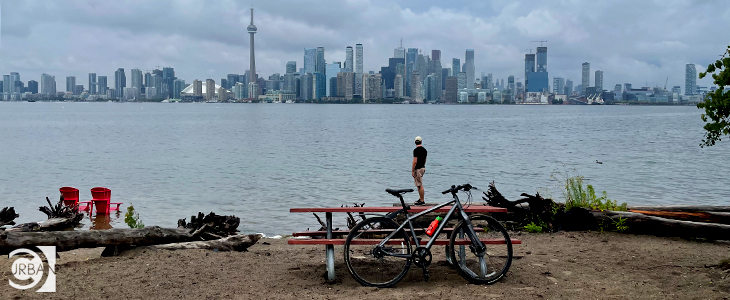Climate Data for a Resilient Canada: Spatial Analogues
Spatial analogues are locations (in this case, cities) where one or more descriptor of climate is similar to that projected for another location in the future.
In other words, they are locations that are currently experiencing one or more of the climatic conditions that we would expect our target location to experience in the future. Climatic conditions are defined by one or more climate indices. Spatial analogues can help us conceptualize what the future climate might look like in a city or region by directing us to places that are already experiencing similar conditions. By examining the measures that are being used at the spatial analogues’ locations to cope with current conditions, target cities can gain insights on how to prepare for and adapt to climate change. For example, the annual average hottest day is projected to increase in the City of Toronto, which has implications for transportation infrastructure (see: Pavement and Extreme Temperatures in the City of Toronto). Currently, the City of Cleveland, Ohio experiences an annual average hottest day that is similar to that projected for Toronto by mid-century under a high emission scenario. Consequently, Toronto could look to the City of Cleveland, Ohio to see how this municipality ensures that its infrastructure withstands current temperature regimes.
For information how to use this app and much more info follow this link =>


Leave a Reply